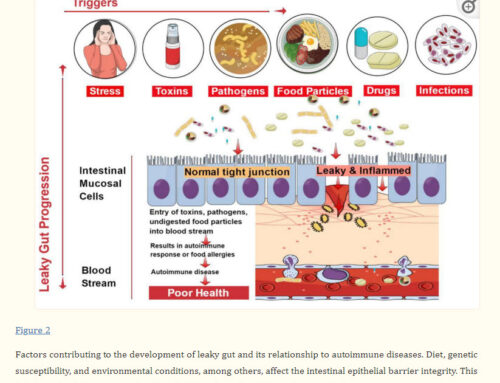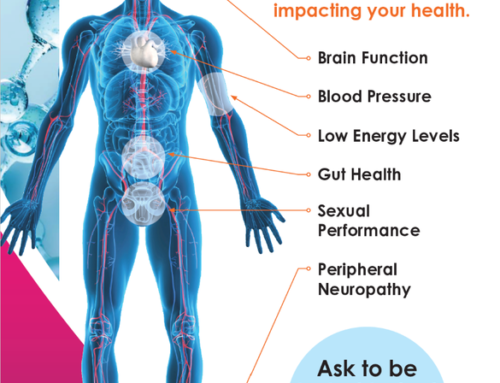The Vaccines & Choices
The following is a summary by Lynn Toohey PhD, of an article by Don Bellgrau, PhD, Professor Immunology, published in volume 13 #1 of the Nutri-Notes Newsletter.
“The topic of vaccines is controversial, and a pandemic that has altered lives and world economies brings with it a lot of questions about the different vaccines becoming available. Misinformation and lack of information/understanding can breed fear.
There are several different approaches to vaccines out there. One is an inactivated virus. The reader need not worry about this choice, because none of the vaccines in the pipeline for the U.S. use the intact SARS-CoV-2. They all only use the Spike Protein of the SARS-CoV-2 virus which is a good target for the immune system but harmless to humans when not attached to the virus. The way Spike Protein works to destroy the virus is that it has enhanced ability to bind to human cells. If you block the Spike Protein, it cannot bind to your cells and thus the virus cannot infect you.
Readers also need not worry about adjuvants like mercury and aluminum, which have been a concern in the past for some people, because the vaccines currently available in the US and in the pipeline do not contain adjuvants.
Another approach to a vaccine, currently available is the Pfizer vaccine, that only uses the genetic information (mRNA or messenger RNA) of Spike Protein which can then target the Spike Protein on SARs-CoV-2.
As we now know from clinical trial data, both the Pfizer and Moderna mRNA vaccines have been reported to be 95% effective. The negatives are that this technology is being used in humans to target any infectious disease for
the first time, so we do not have the safety profile from decades of experience. The mRNA approach uses proprietary (but untested globally in the field) methods to bolster the effectiveness of the vaccine. Recipients of the Pfizer vaccine are warned about allergic reactions if they carry an epi pen. The reported incidences of reactions are minimal considering the thousands of people who have been vaccinated.
Also, the lability of the mRNA means the product needs to be stored in ultra-cold conditions so transport to more remote areas may provide logistical issues.
The final limitation is that the approach may not deliver much Spike Protein to the immune system which is one reason why it may require two immunizations.
A second approach is one which will be offered by Johnson & Johnson/Janssen, and also AstraZeneca. This approach utilizes an adenovirus (most of us have been exposed to adenovirus as it is a common source of colds in humans) to bolster the effectiveness of the vaccine. The adenovirus is engineered to make the SARS-CoV-2 Spike Protein.
As adenovirus technology has been around for more than 60 years there are very little unexpected safety issues. In addition, the expertise to engineer, produce, store and distribute these vaccines is extremely well known, and it involves one does, not two. Also, because the adenovirus carries its own ability to get into your cells there is no need for an adjuvant.”
Summary:
“In summary there are at least 4 companies with vaccines that could be treating most of us by the spring of 2021 (or earlier if you are a health care provider or first responder). None use adjuvants, two of the four use a technology that has been studied for decades (AstraZeneca and J&J) and two are new variations of the same concepts using the latest molecular biology approaches (Pfizer and Moderna).
The early studies in humans with the Pfizer vaccine show some safety issues with some severely allergic individuals who carry an EPI pen but most people with common or no allergies are unaffected. It is all highly encouraging and a hopeful sign that we may soon see our way out of this pandemic. Knowledge is power and a key in making informed decisions. Hopefully, this has provided some knowledge for the decision-making process.”



